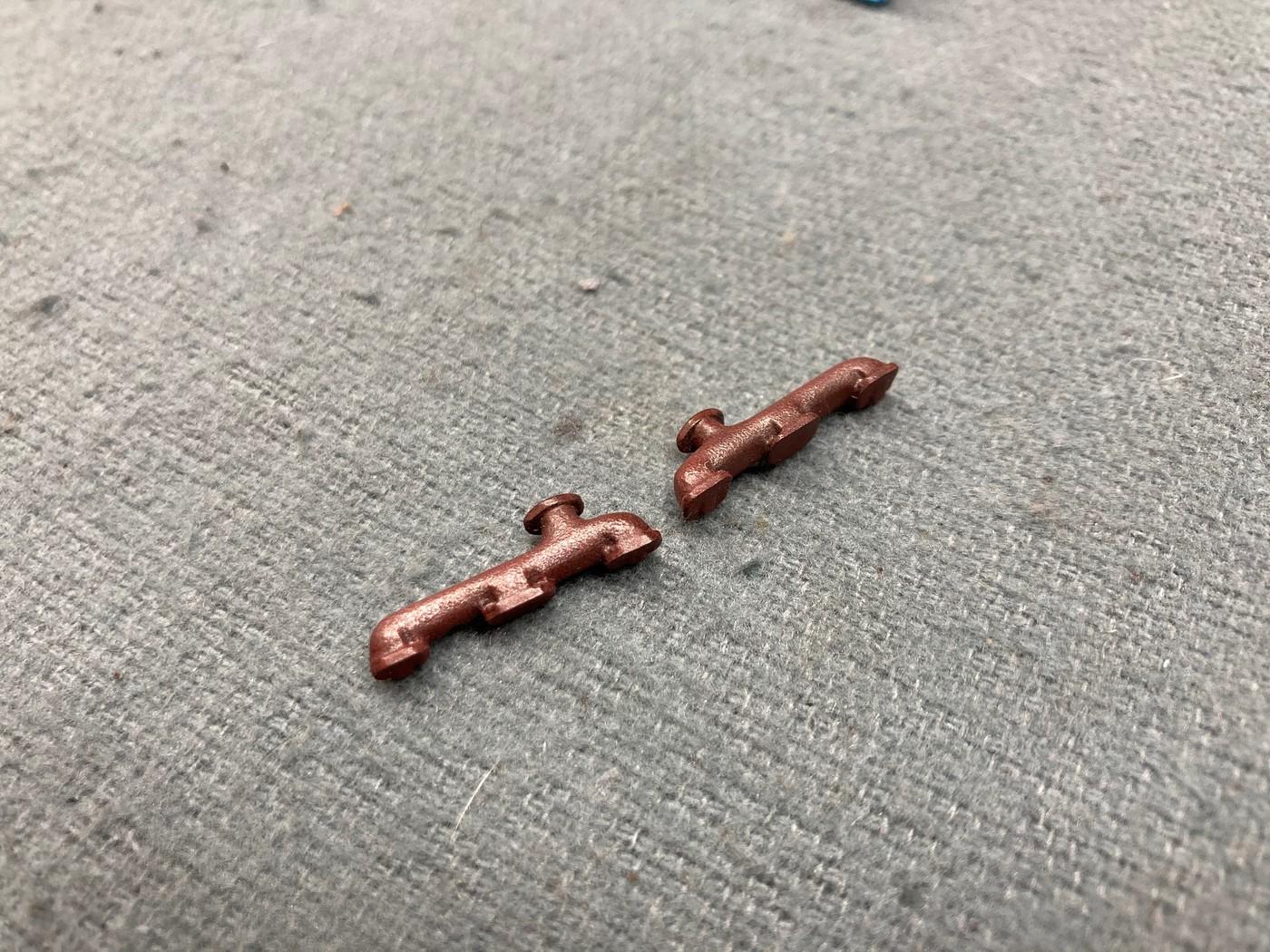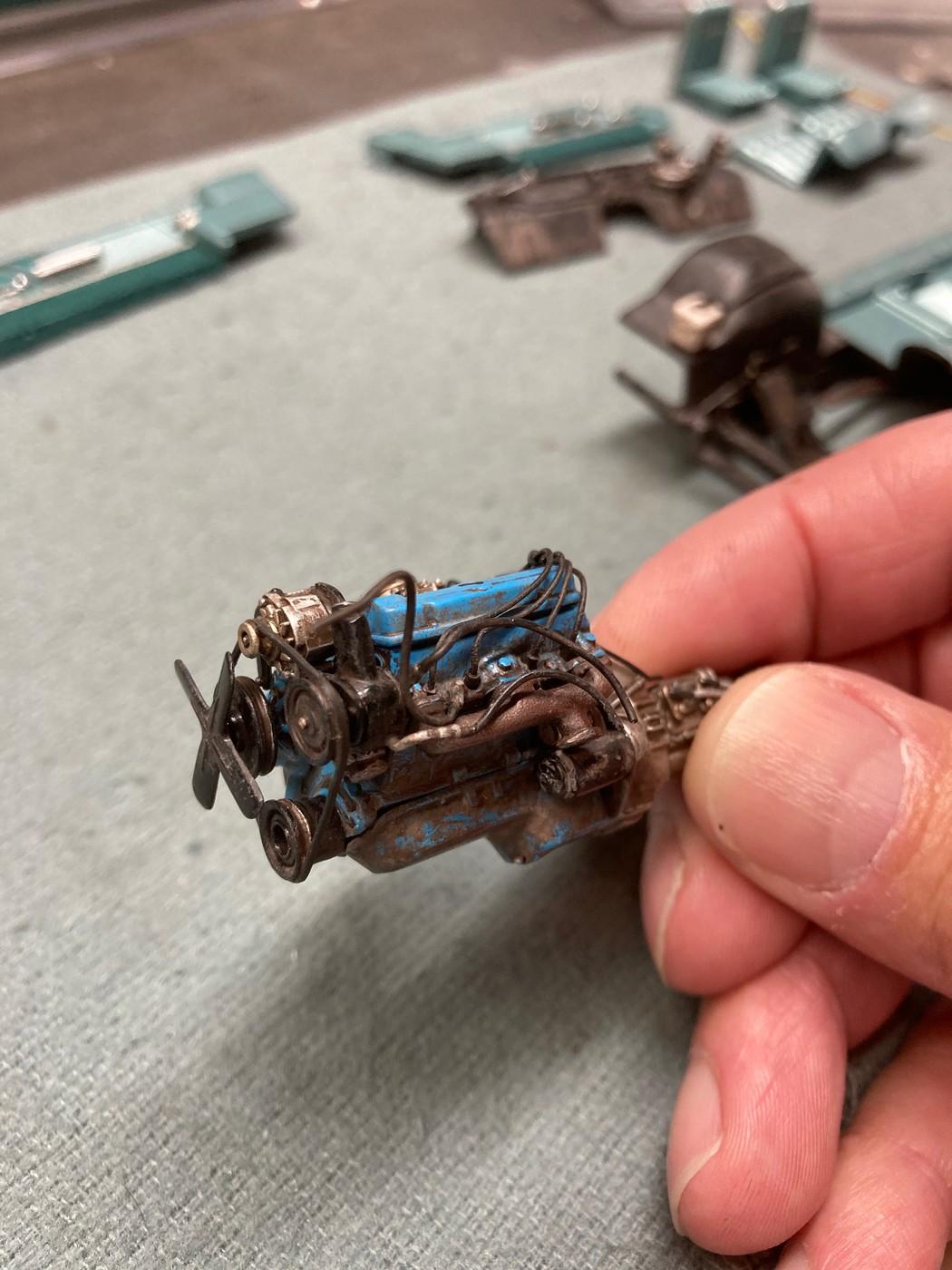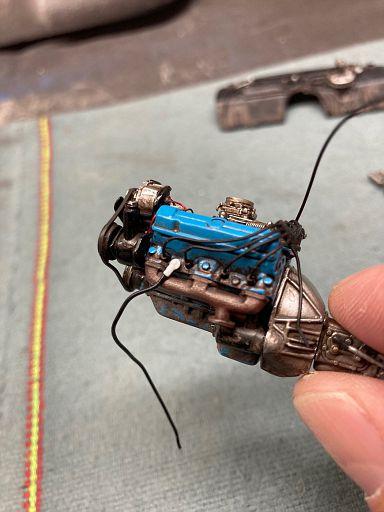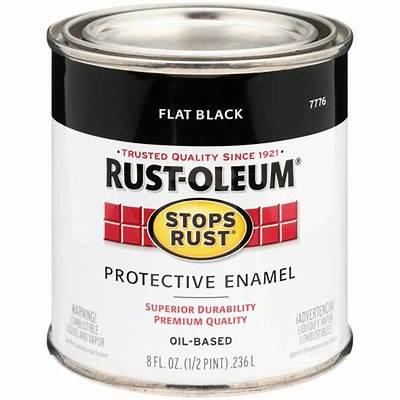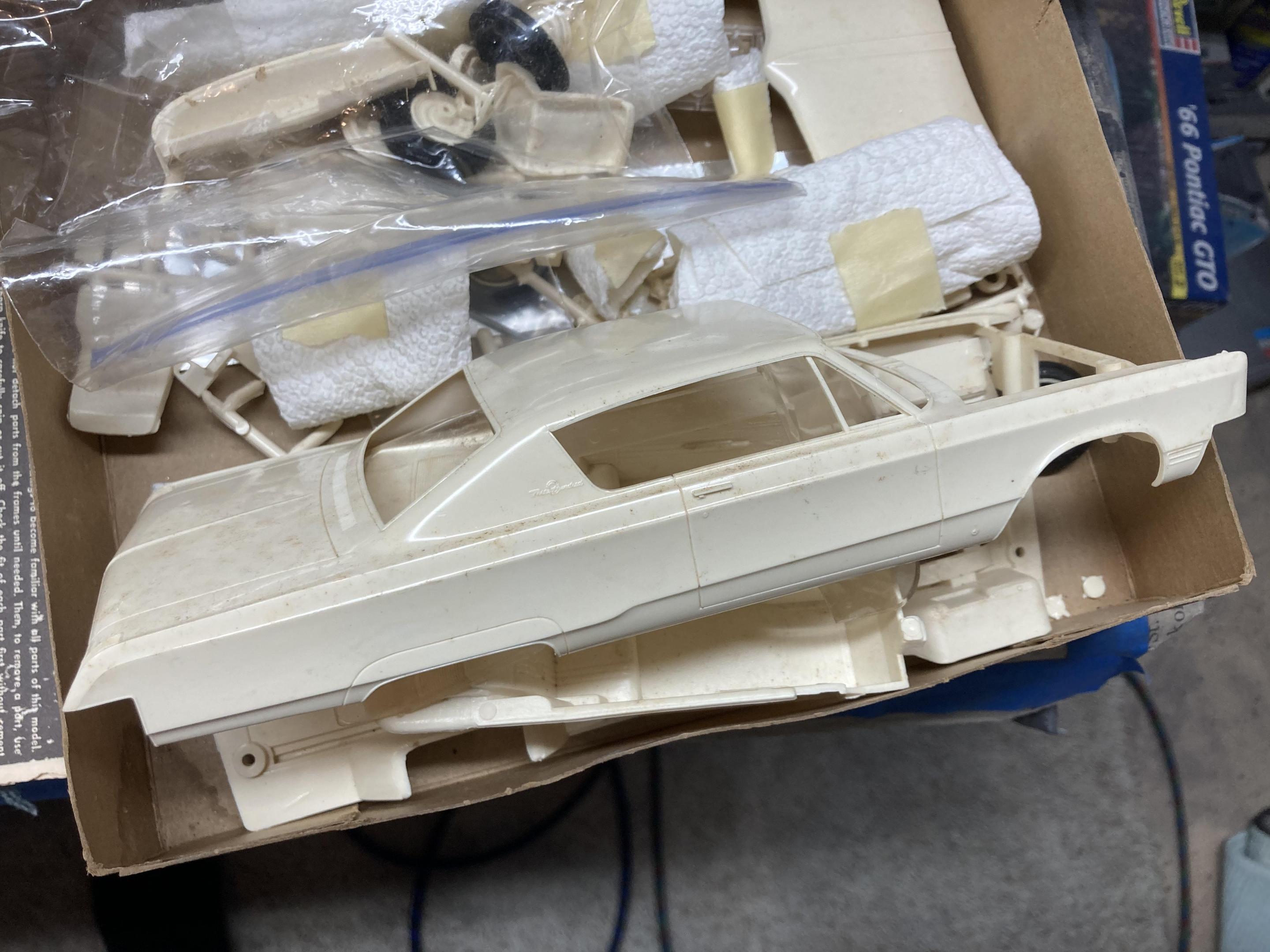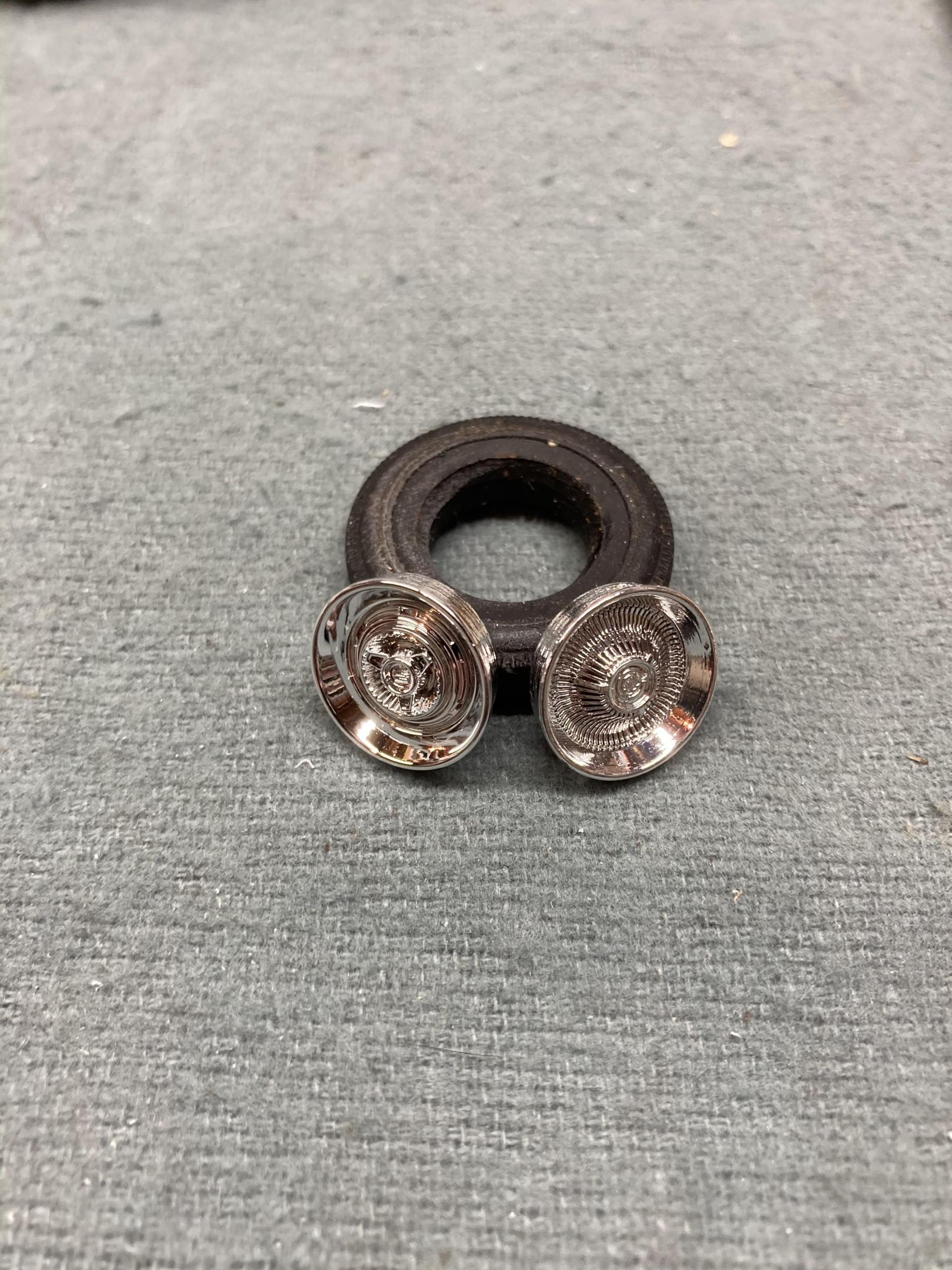-
Posts
15,071 -
Joined
-
Last visited
Content Type
Profiles
Forums
Events
Gallery
Everything posted by StevenGuthmiller
-
Sure, but Tamiya has probably 5 times that many colors in a much wider variety, and it’s a lot better paint. Steve
-

What Did You See In Your Yard Today?
StevenGuthmiller replied to Tim W. SoCal's topic in The Off-Topic Lounge
Had this crew meandering through the yard this evening to roost in the trees behind the house. Actually, I didn’t get a picture when the first bunch came through. This is about half of them! ? Steve -

Stick a fork in em. Boars Head is done!
StevenGuthmiller replied to Brutalform's topic in The Off-Topic Lounge
Is this something new? No. How many times in the past half decade did we have people getting sick from improperly washed produce like bagged spinach or lettuce? Not to mention a multitude of various food recalls, such as the JIF peanut butter recall a while back, (just an example of many) and the food poisoning that you risk EVERY TIME you eat out. I suppose if you want to completely avoid food born illness, you need to do most of your eating at home with food that you've cooked/produced yourself. If you go take a look at the USDA's "Recalls and Public Health Alerts" website, you'll see that there have been about 40 food recalls or alerts since the first of the year, some of them listeria or E-coli contamination. Good luck avoiding it folks. This week it's Boars Head. Next week it'll be Oscar Mayer. Steve -
They’re 8oz. cans, but the paint is WAY thicker than what’s in a rattle can. (considerably thicker than what’s in a Testors 1/4 oz. bottle) For spraying, the paint needs to be thinned considerably, probably 2 or 3 parts thinner to one part paint, so when it’s all said and done, an 8oz. can equals probably pretty close to a quart of sprayable paint. Steve
-

Handling Chrome Paint
StevenGuthmiller replied to Horrorshow's topic in Model Building Questions and Answers
I don’t know. Wrap it in cheesecloth? ? Steve -

Handling Chrome Paint
StevenGuthmiller replied to Horrorshow's topic in Model Building Questions and Answers
Or you could just strap it to the hood of your car and take it out on the interstate for a 10 mile spin! Steve -
I only buy the colors that I use frequently for chassis, etc. Gloss black, flat black, flat white, etc. I don’t use these paints for bodies. I’m not a masochist! ? But, if it’s your thing, you could certainly buy the basic colors, ie, red, yellow, blue, etc, and mix any color you would like. Steve
-
I use it all of the time, in conjunction with some other colors for my exhaust manifolds. I usually spray the manifold with Alclad steel or something equivalent, then I use the “Exhaust Manifold” kind of as a mist coat, heavier at the joints between the manifold and block, and manifold and exhaust pipe. Finally, I spray a fine mist from a couple feet away of red primer to simulate rust. Probably not as realistic as you’ll see some others do, but it’s pretty quick and simple, and after some light weathering, they look pretty good. Steve
-
You can save yourself a bunch of money in some instances by using these instead of the little Testors bottles of enamel. Pretty much exactly the same stuff for a fraction of the price. Steve
-
Those cars are certainly an acquired taste, but it can't be said that the designers didn't go all out in the styling department! Love 'em or hate 'em, there's no question that it would grab the attention of anyone who saw one coming down the street, car lover or not. I personally love these quirky cars! I love anything that's different and unusual, and this car absolutely fits the bill. Steve
-
Nothing wrong with a little bit of discussion. Just as interesting, if not more so, than a lot of other threads on the site that have gone on for months or even years. Steve
-

Revell 1956 Cadillac
StevenGuthmiller replied to Mike 1017's topic in Model Building Questions and Answers
It would! Does anyone know if Atlantis is re-popping the '56 Lincoln and '56 Chrysler? I've always thought about building one of these but I'm not real big on the scale, and the glass was always an issue. I have one each of the Caddy, Lincoln and Chrysler. Extremely nice kits considering their age! Steve -

Handling Chrome Paint
StevenGuthmiller replied to Horrorshow's topic in Model Building Questions and Answers
Must be a secret. Steve -
Well, that can't be argued with. Diabetes is prominent in my father's side of the family. My father and at least a couple of his brothers had it, and not one of them weighed more than 160 lbs soaking wet. Steve
-
I don't believe that there's been much argument that Duplicolor isn't a good option when it comes to spray cans. As a matter of fact, along with Tamiya, it's generally one of those that's recommended by people that have used it. It's an entirely different animal than Rustoleum, without question. These are some that I've used Duplicolor paint on. I usually shy away from using Duplicolor metallics as I find their metallic particles to be generally too large for 1/25th scale, but their solid colors are just another automotive lacquer and work well. Steve
-
There are a multitude of good reasons to at least contemplate adding an airbrush to ones collection of hobby tools, the availability of colors being one of the most obvious. Ease of use and cleaning is easily addressed with a simple and basic single action, siphon feed brush. All you need to do is adjust the needle via a simple thumb screw to adjust the amount of paint flow you want, (which by the way, is a monumental advantage over a spray can) and push the button. Cleaning such an airbrush, at its most advanced, consists of removing the needle and tip and cleaning in a little lacquer thinner, the entire operation from start to finish taking less than 5 minutes. Also, with a couple of extra fittings and a designated hose, any compressor will work just fine for airbrushing. A special hobby compressor is totally unnecessary. As far as color mixing goes, with the availability of pre-thinned, ready to spray paints from a number of providers, it makes mixing your own colors completely unnecessary unless it’s something that you find that you want to do. I can’t tell you how many times I’ve had people say, “I LOVE that color. Who makes it?”, and as soon as I tell them MCW or Scale Finishes, you get a disappointed “Oh. Okay” because they have limited themselves to what’s available in a spray can. Do I expect everyone to add an airbrush to their arsenal?.......nope. But should they be considering it, they should understand that’s it’s not necessarily as complicated or expensive as they may have been led to believe. Steve
-
I’m a little more particular than that with my proteins. Squirrel is much richer and more refined. ? Steve
-
I once left an electric deep fryer still full of oil in my garage overnight to cool. I suspected that a woodchuck had gotten into my garage at some point but had not seen him. Guess how I verified that he was in fact sheltering in my garage! Steve
-
And I’ve seen on numerous occasions where people who share the same attitude towards building as I do are referred to as “rivet counters”, or “trophy hounds”, or are somehow incapable of enjoying what they do, or are not “building for themselves” because of that philosophy, so you see, none of us are immune from “attitudes”. Steve
-
Certainly. You do you. Chad's question was "why does using spray cans seem to be more prevalent with car modelers"? Just giving one person's observations.......mine. What others think is their opinion. Steve
-
That's not a discouragement. It's how I would expect a 12 year old to build. It's how I did it, and it's entirely normal. Steve
-
I too have a kit of the car that I owned in high school. This also remains on my short list. My car was bright red with a black vinyl top, with a black bench seat interior, and a 440 with an automatic on the column, so some modification will be required. An interesting side note: I will have to substitute the wheel covers from the ‘68 300 for my model. The hub caps for these cars varied depending how early or late in the season that they were built. The wheel covers included in the ‘67 kit, (on the left) were correct for 1966 and early 1967 cars. The one on the right, (included in the ‘68 kit) were correct for late ‘67 and ‘68 models. My car had the later ‘68 hub caps. Steve
-
Never said a word about people who use rattle cans being 12 year olds. I use plenty of spray cans. what I implied was people that hose on a coat of paint and throw together a kit in a weekend are using exactly the same build philosophy that I had when I was 12. That might rub some folks the wrong way, but it is a fact in any event. Steve
-

Why do you model?
StevenGuthmiller replied to Matt Bacon's topic in General Automotive Talk (Trucks and Cars)
Probably just because you like it? As good or better than any other reason! ? Steve




